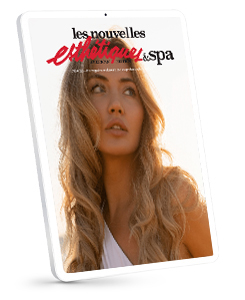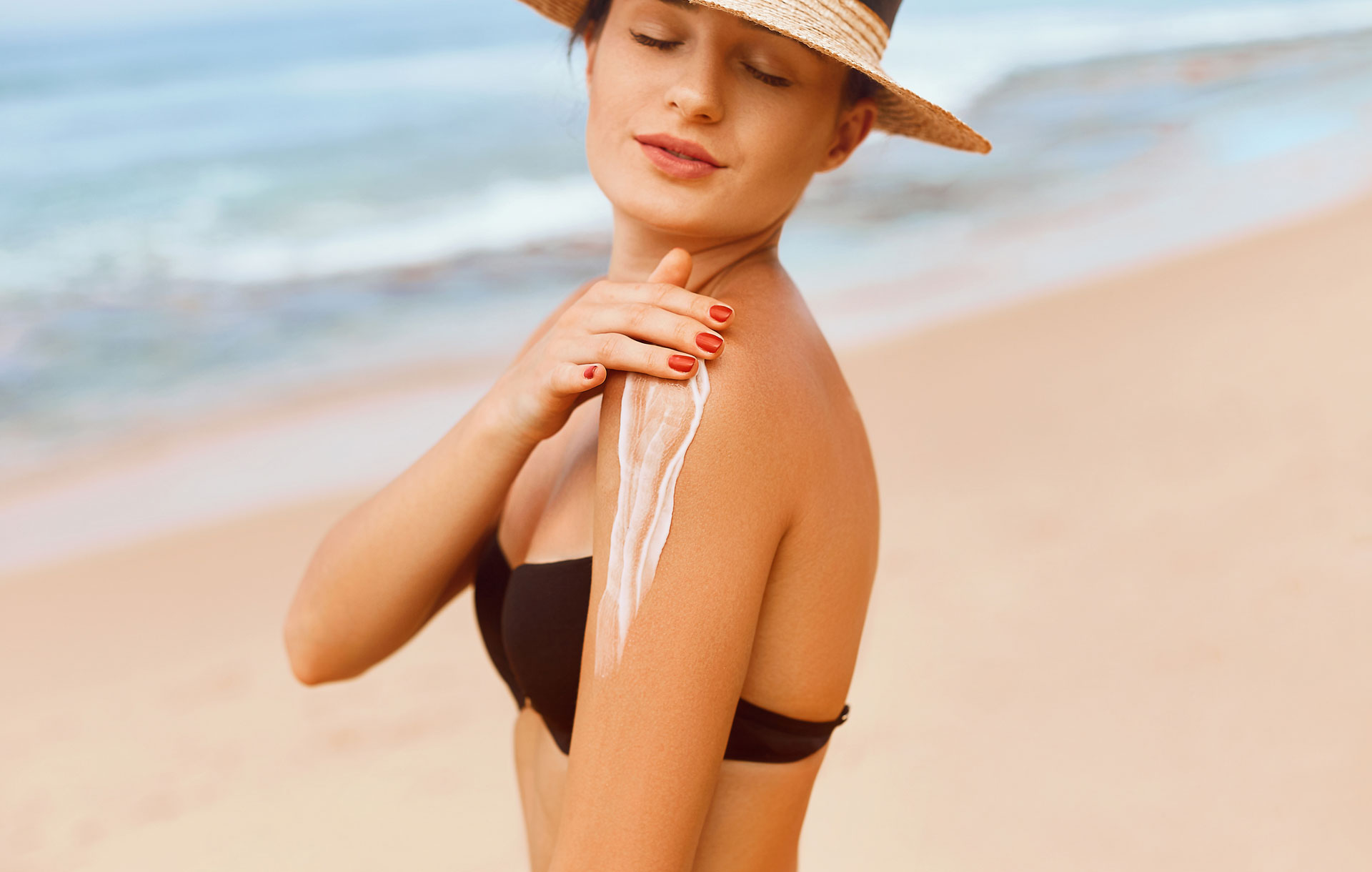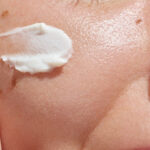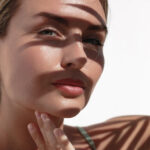How to avoid and treat summer flare-ups!
Summertime…just the thought of the season puts you in a feel-good mood. The days are longer, the warmth of the sun is electric, vacations and pool parties are never-ending! We wait all year for summer to come around again, especially those of us that may have cold winters. But with all the positives of summer, we have to be extra cautious of skin conditions or flare-ups of skin conditions that the warm weather can bring. Not to mention, those related to excessive sun exposure!
Now, don’t get me wrong, the sun has some great qualities, in small doses. It helps with vitamin D production, in “moderation” with some skin issues, depression caused by Seasonal Affective Disorder (SAD), and boosts our overall mood. However, the key to reaping the benefits is moderation!
I don’t know about you, but moderation isn’t a word that most people follow. After all, if a little is good, then more must be better right? Wrong! Estheticians have long dealt with this when it comes to treatments and product ingredients. We often have to act as moderators for our clients! While we want to protect our clients skin year round, each season has its own conditions to deal with. Now it’s our job to educate them on the dangers of too much fun in the sun!
[ihc-hide-content ihc_mb_type=”show” ihc_mb_who=”2,4,5,6,7″ ihc_mb_template=”3″ ]
Sunburn
Some common skin issues that may flare up during the summer, range from acne to rosacea. Some even see eczema worsen with too much sun exposure. Don’t even get me started on sunburns, that is an esthetician’s worst nightmare, especially when clients still want treatments done. Some medications can be extremely photosensitizing and can cause extreme sunburn, rashes, and even blisters if they are exposed to too much sun, especially without SPF. About 90% of aging comes from UV exposure. Yikes!
Most often the biggest issue estheticians see in the summer is sunburn. Even as professionals its hard to escape the heat. Think about it, you are outside for the first time in a while, cooking out, gardening, enjoying the pool, and you lose track of time! Before you know it, you bypassed the two hour SPF reapplication, and well hello tomato! No matter how much we preach about the importance of SPF, we still see those sunburns. Well how do sunburns happen? UVB rays, also known as “burning rays”, are the shorter of the UV rays, therefore affecting the epidermis and causing a burn. Not just wearing, but also reapplying SPF every two hours is essential to protect against the harmful rays caused by both UVA and UVB.
Some helpful post sunburn recommendations for your clients include aloe vera, cold from the fridge or better yet straight from an aloe plant! Aloe is an anti-inflammatory that helps to inhibit the growth of bacteria and promotes circulation. Make sure that if your clients use aloe from the store that it is 100% aloe with no additional colors or perfumes, which could further aggravate the sunburn. For an added benefit, tell your clients to keep their aloe in the fridge to help with the pain and itch that can accompany sunburns.
Some studies have shown the powerful effects of using vitamins A & E together, which can overall protect the skin from sunburn by preventing inflammation in the skin. Both of these vitamins are powerful antioxidants, which can help to counteract some free radical damage created by UV exposure. Offer your clients some topical creams that include both. If all else fails and your client still needs your help, grab your LED light! With both anti-inflammatory and wound healing properties, you could help minimize the long term negative effects of the burn and create some immediate reduction in inflammation.
Rosacea
Rosacea is another skin condition that is hugely irritated by extreme heat and excess sun exposure. Rosacea is chronic and inflammatory, with symptoms that range from flushed skin and inflamed blood vessels to papules and pustules. While there is no cure for rosacea, there are some known triggers that can cause the skin to flare-up. One of the most common is prolonged sun exposure.
Limiting the amount of sun exposure, especially between 10 am and 4 pm, is crucial. Recommend that your clients wear and reapply SPF, rock a hat, or lie under an umbrella if they are out during peak hours. A mineral sunscreen, one of which contains zinc oxide or titanium dioxide, could be a great option for rosacea or sensitive skin to help prevent further irritation. Circling back to aloe for rosacea as well, using a totally pure form can help with inflammation as long as the skin tolerates it well. Be cautious of any prescription medication used for rosacea that can also very much increase the chance of sunburn. Cool compresses on the face for some instant sunburn relief may help as well.
Eczema
Let’s talk about eczema! It is a form of atopic dermatitis, in which an overproduction of skin cells results in dry patches, which become thick, inflamed and irritated. Now we know with eczema that some UV exposure is often used as treatment. However, very minimal exposure is recommended. With eczema skin already irritated and compromised, adding a sunburn to it is a recipe for disaster.
Some people with rosacea can be prescribed steroid medication, which can increase photosensitivity and cause a very painful sunburn. With certain medications and skin conditions, it does not take very long at all for the skin to become burned, in some cases even blistered. Stay out of the sun during the hottest part of the days, cover the areas of eczema if possible, and slather on that mineral sunscreen. Cool aloe from the fridge, a nice cold shower, and a heavy moisturizer afterward can help with the healing process of the skin.
Acne
Acne flare-ups can sometimes “clear-up” with sun exposure by drying some excessive oil on the skin. However, this is a short-term gain as the long-term effects can make acne worse. If dry flaky skin occurs after a sunburn, this can cause a buildup of more dead skin cells which are capable of clogging pores, causing more breakouts. Sun triggers inflammation in the skin, which could increase the chances of unwanted pigmentation after acne lesions have healed. Being in the sun and heat also produces sweat, causing bacteria to thrive which can lead to more acne. So the long term negative outcomes of sun exposure and acne certainly outweigh the short-term.
We all love the sun and summer. No-one is saying to not enjoy it. However, the important part is to do so safely. Share the following tips with your clients to help them avoid any painful summer skincare problems.
• Check your medications to see if photosensitivity is a possible side effect. This could very much help with a potential sunburn.
• Follow a thorough skincare routine and wash your face after a long day outside, especially after a full day of reapplying SPF.
• Up your antioxidants to help combat the potential of free radical damage.
• Check with your dermatologist regularly for any changes in moles.
• Keep skin-healing and soothing cream or gels on hand such as aloe vera, calamine lotions or hydrocortisone creams.
• Wear protective clothing and hats to avoid direct exposure, and take some time out of the sun to sit in the shade.
Little changes to your summer routine can go a long way in preventing unnecessary damage or discomfort. With very minimum effort you can have a long-lasting impact. Above all else, have fun and enjoy your summer!
[/ihc-hide-content]













